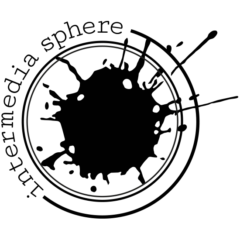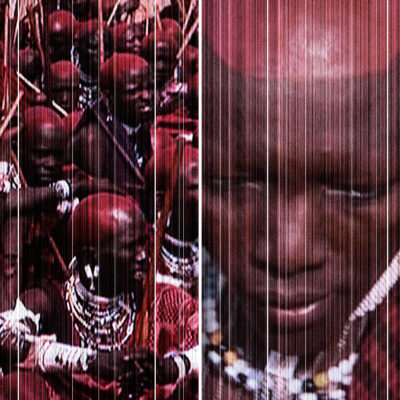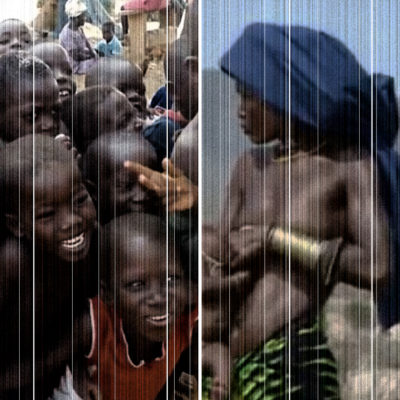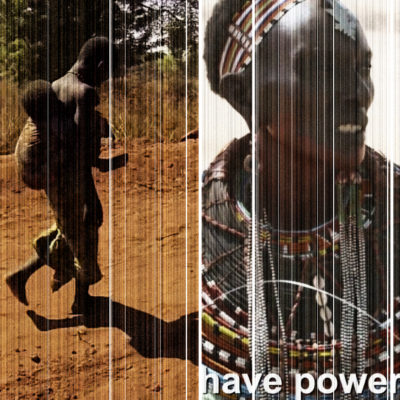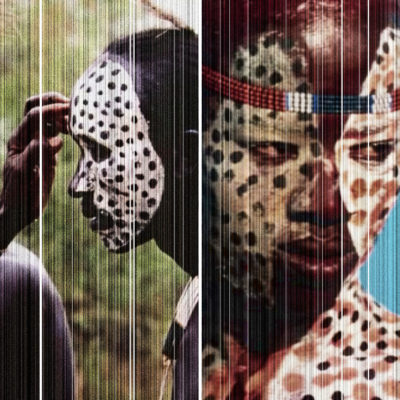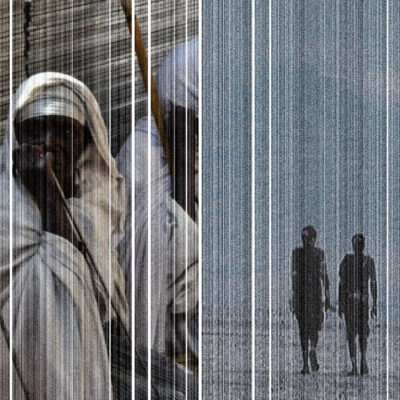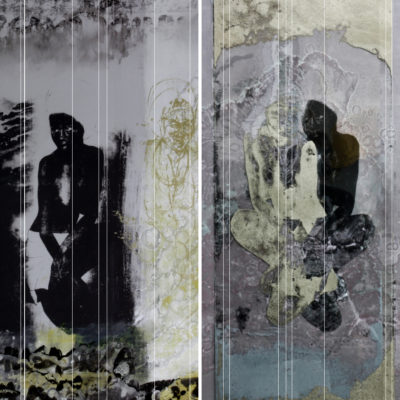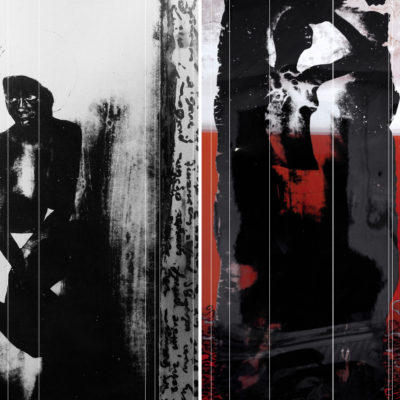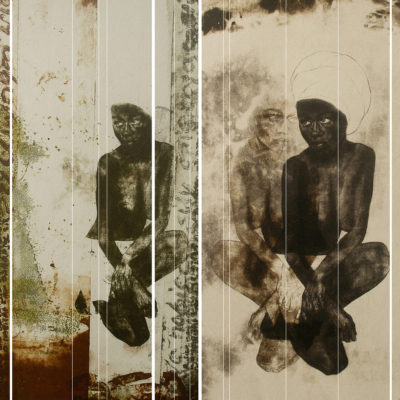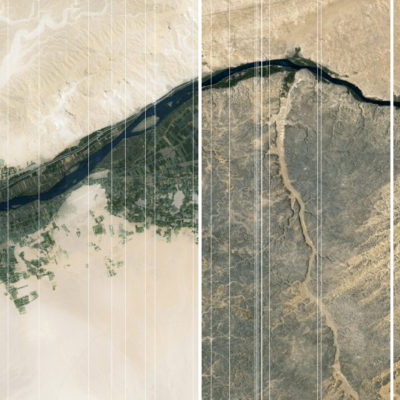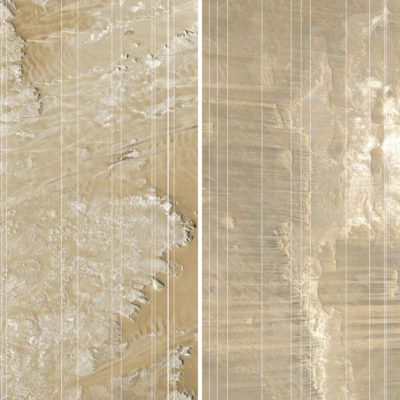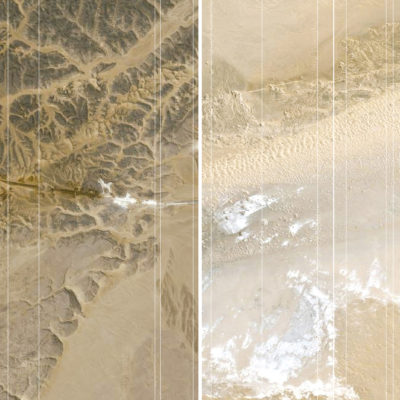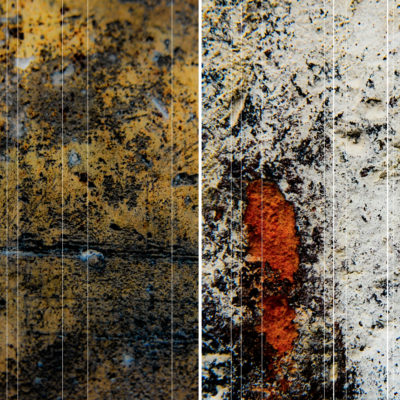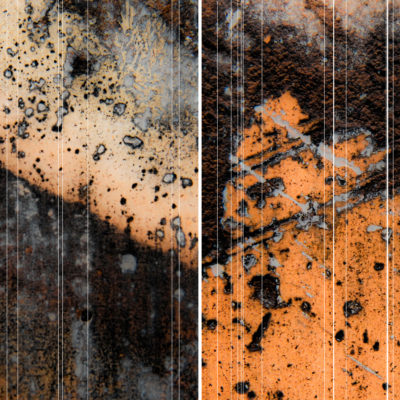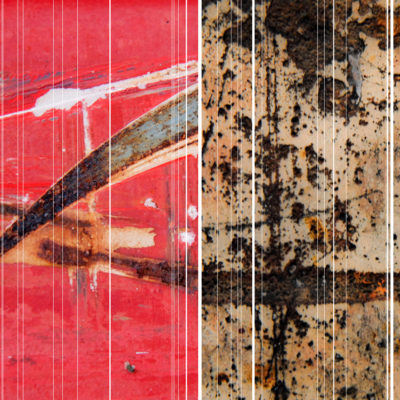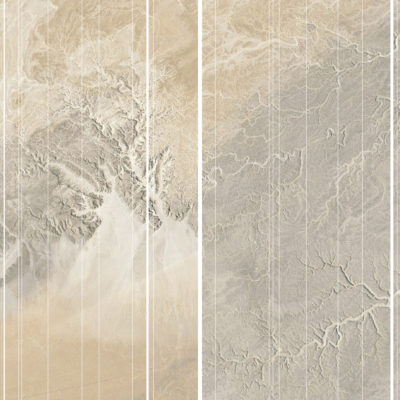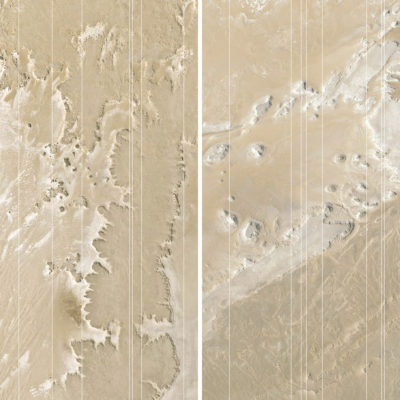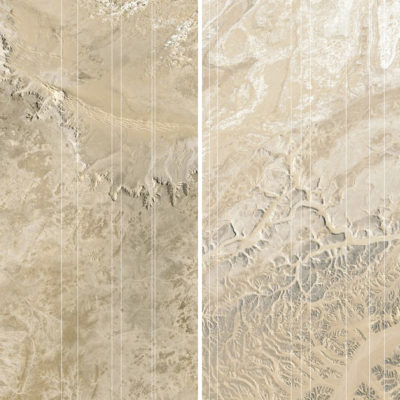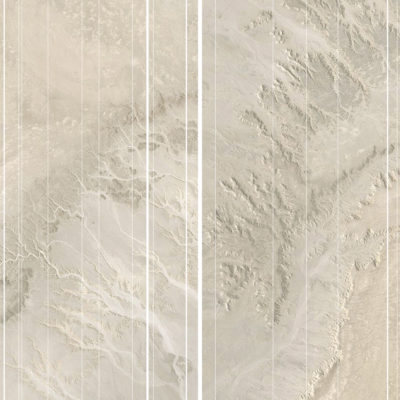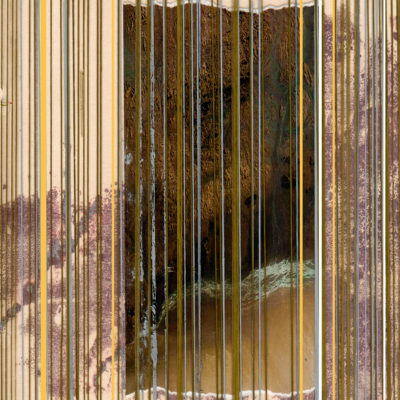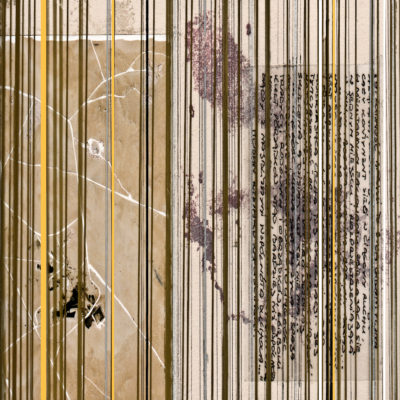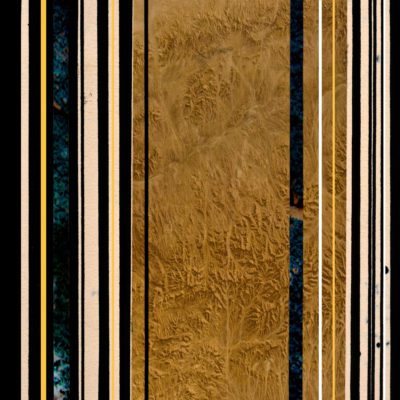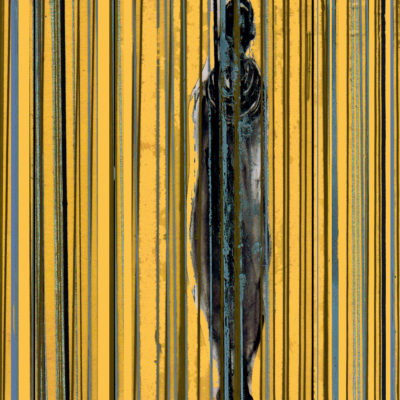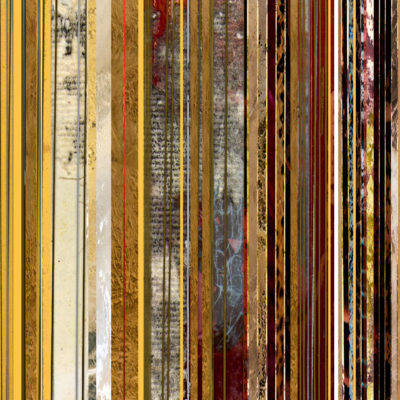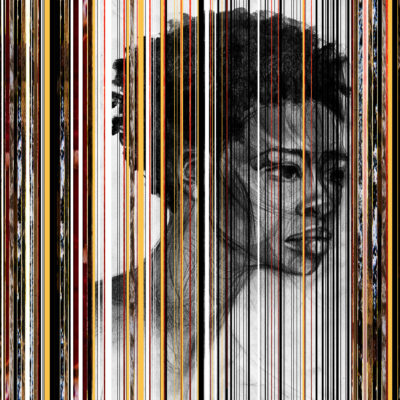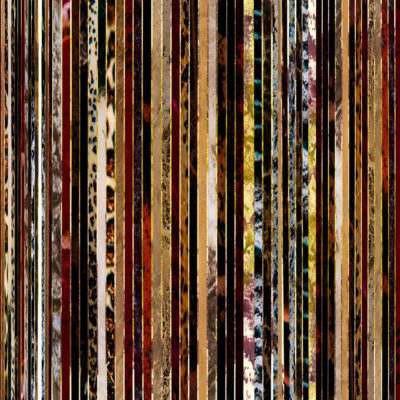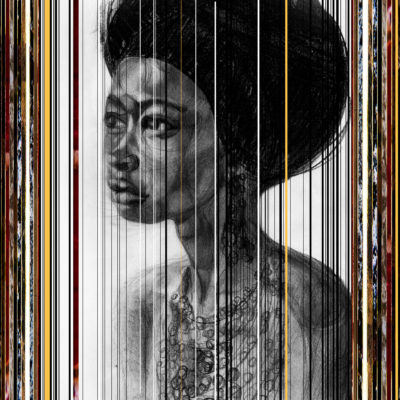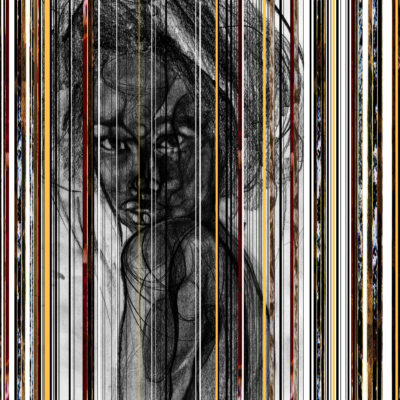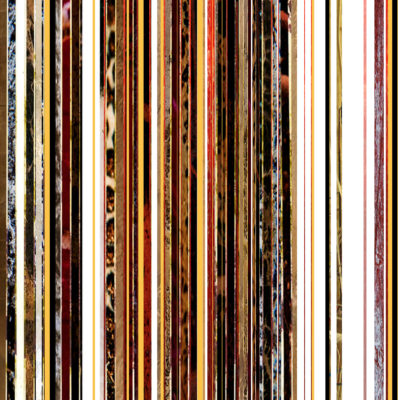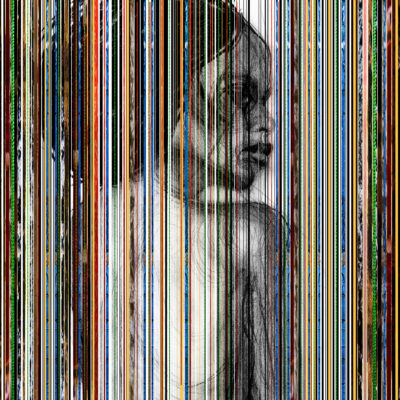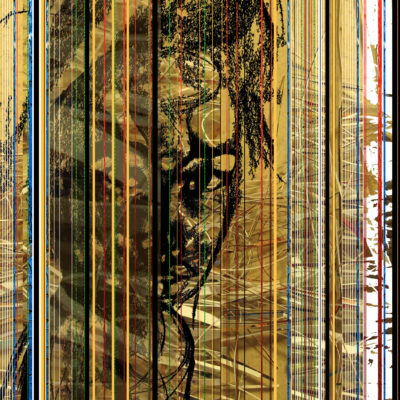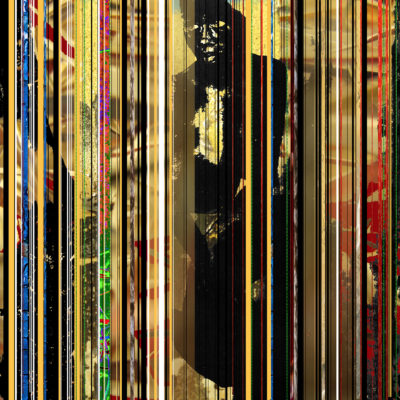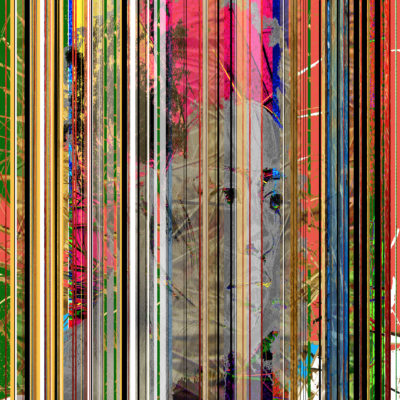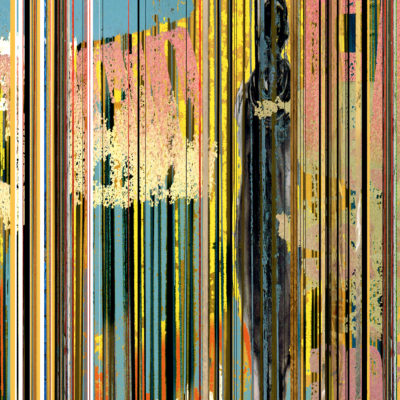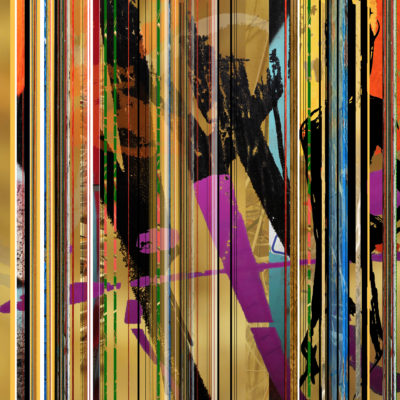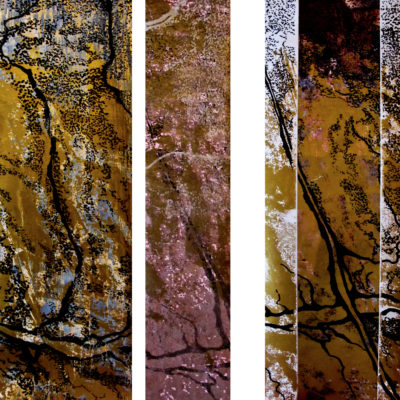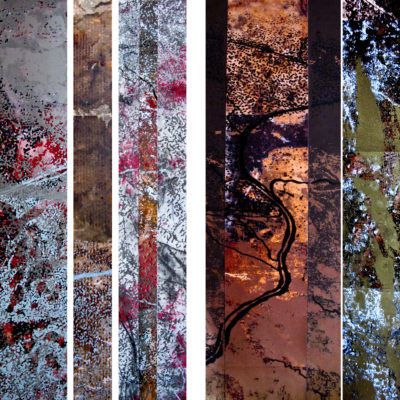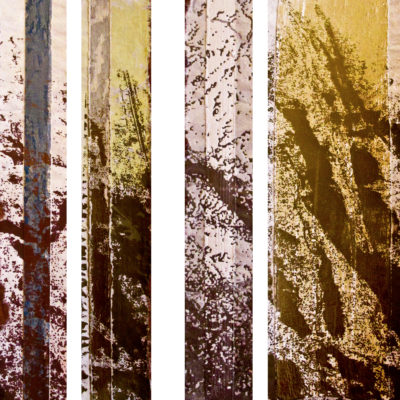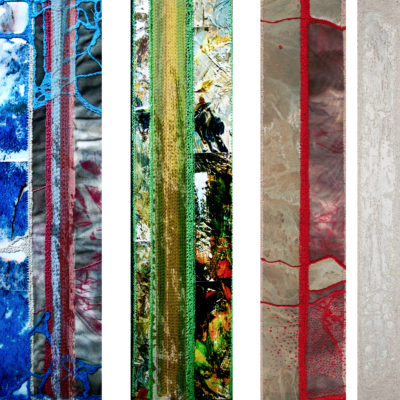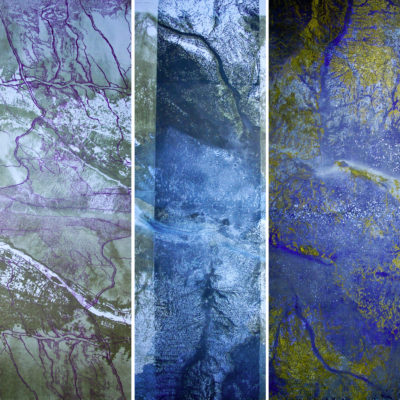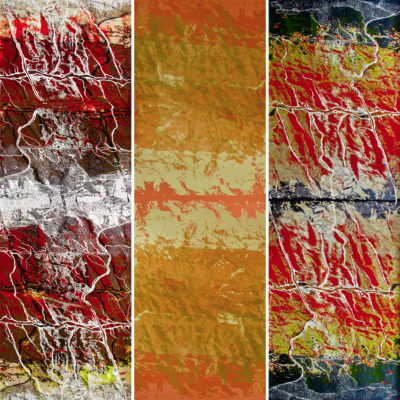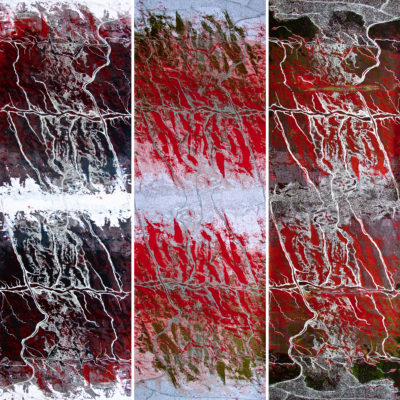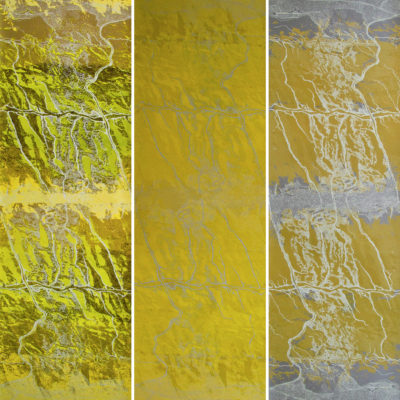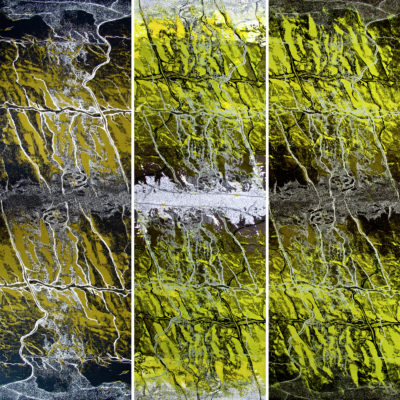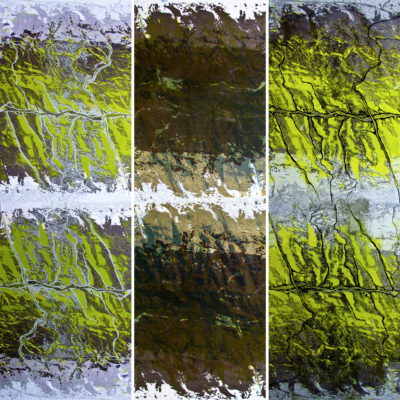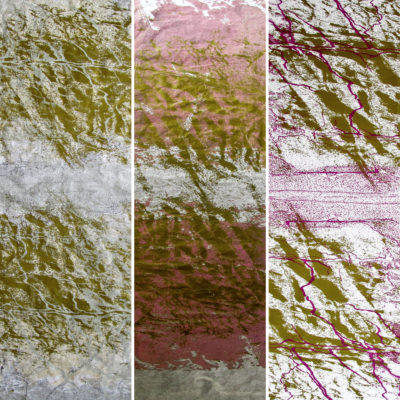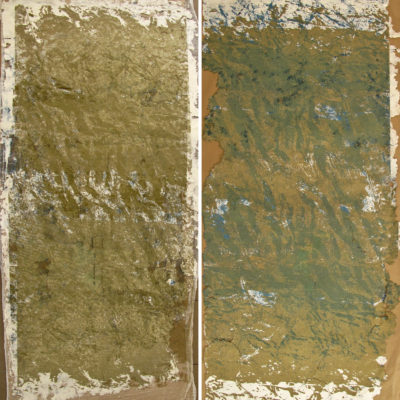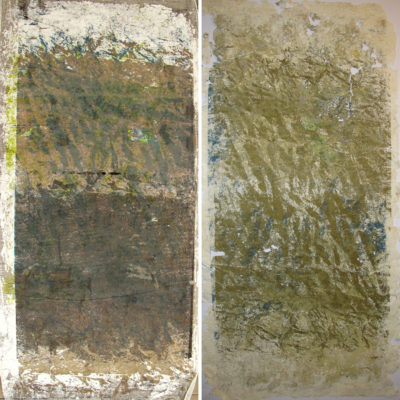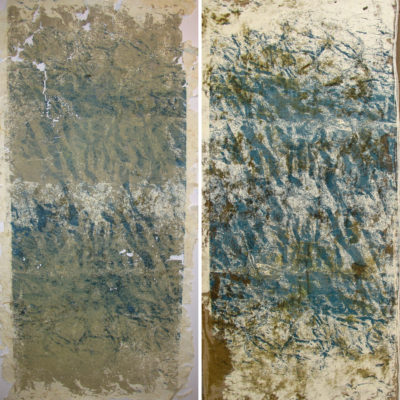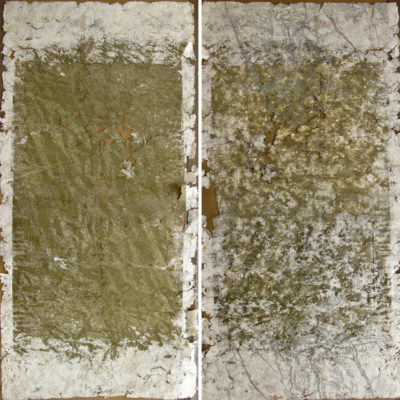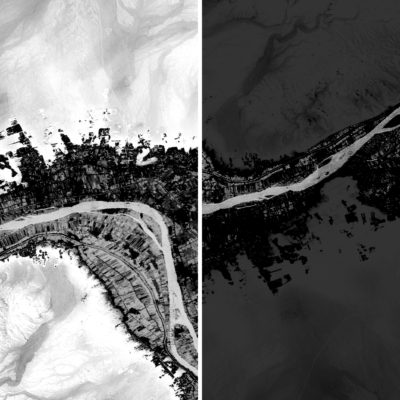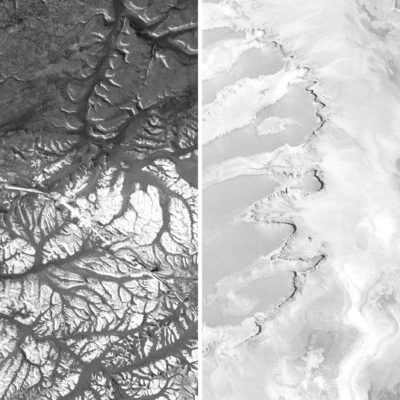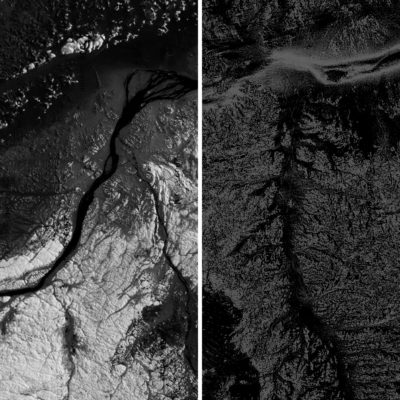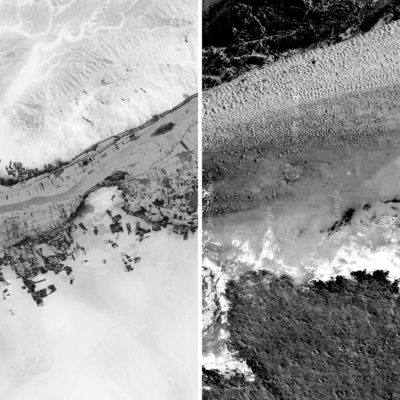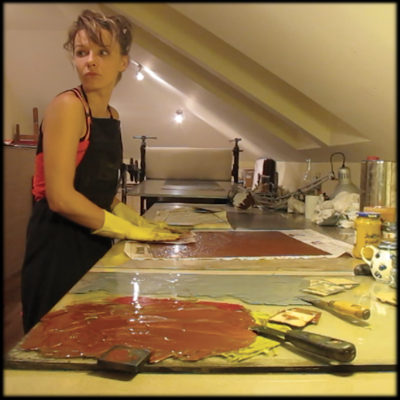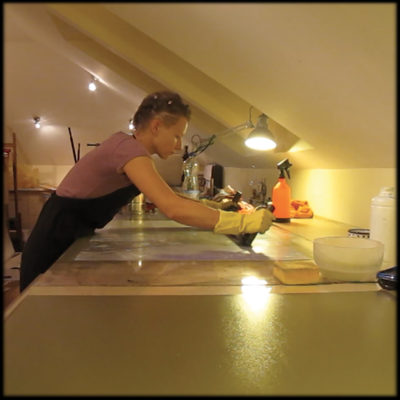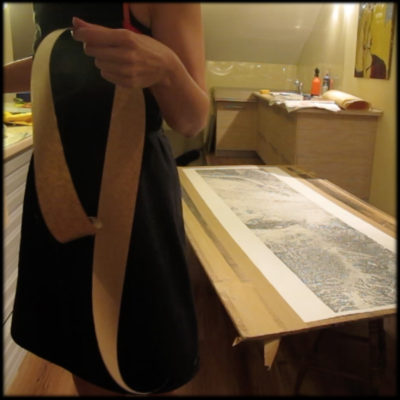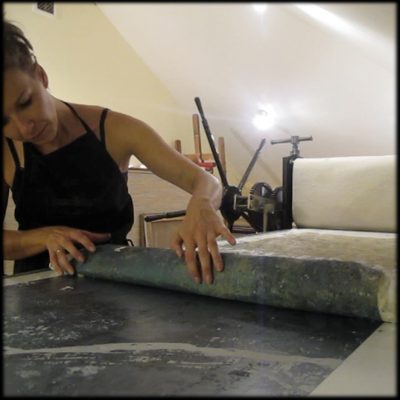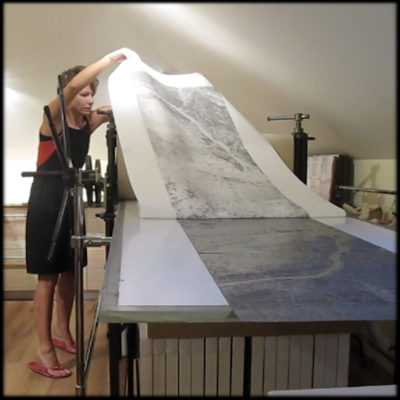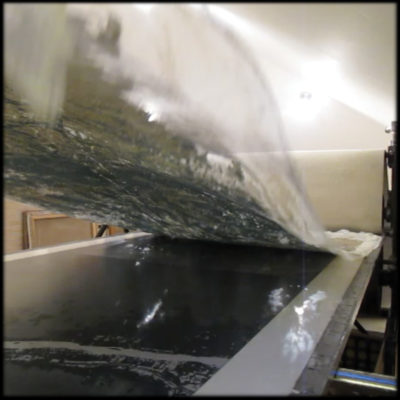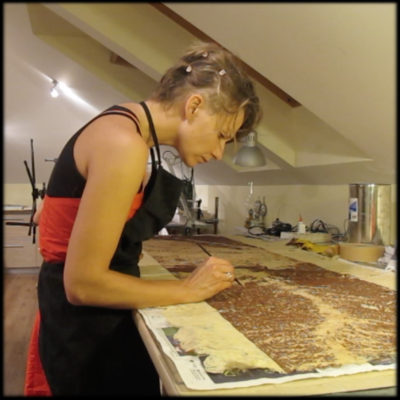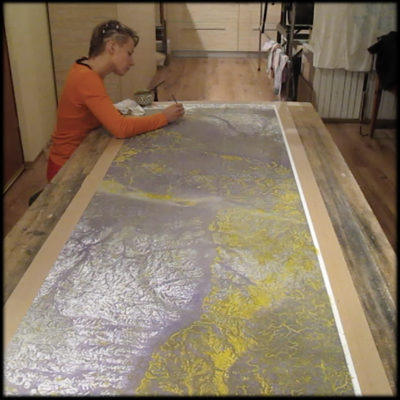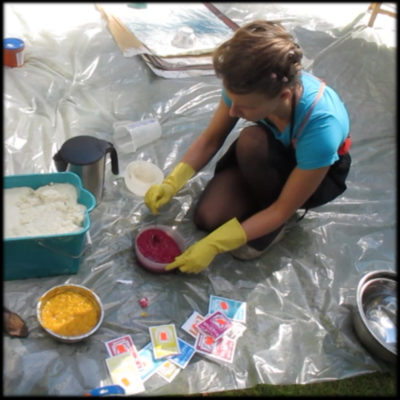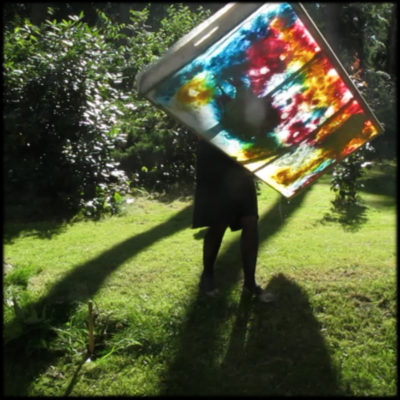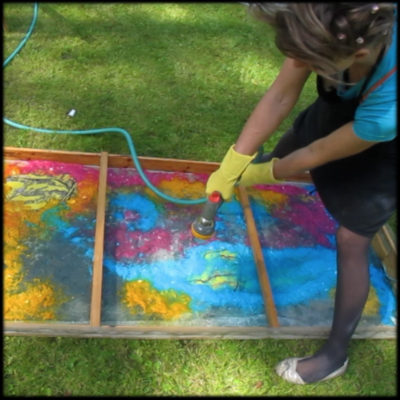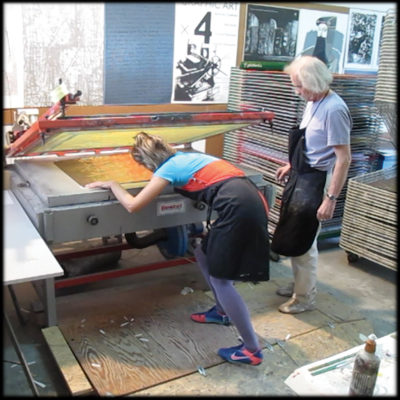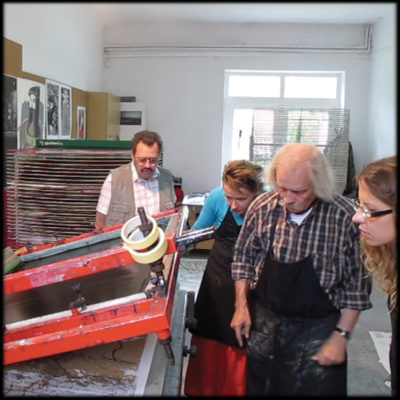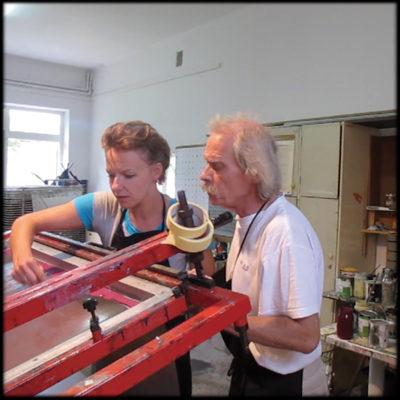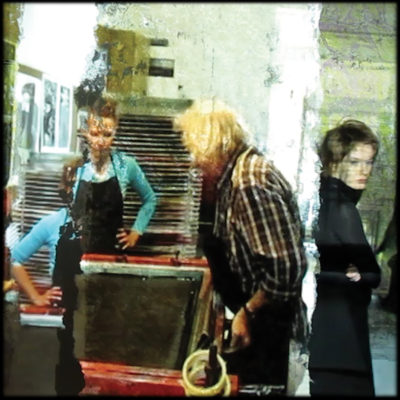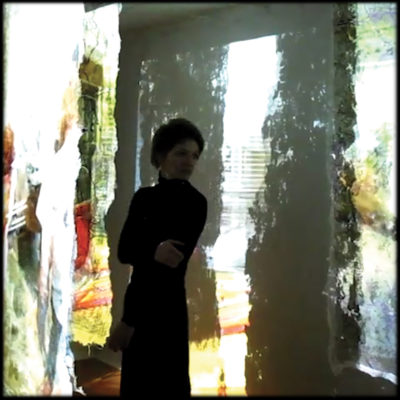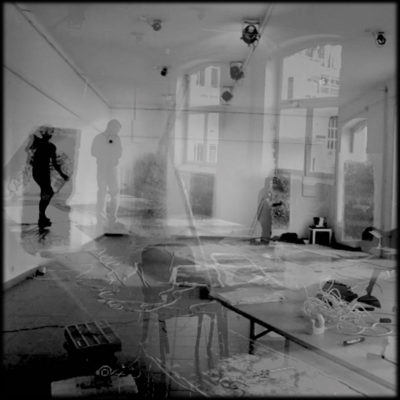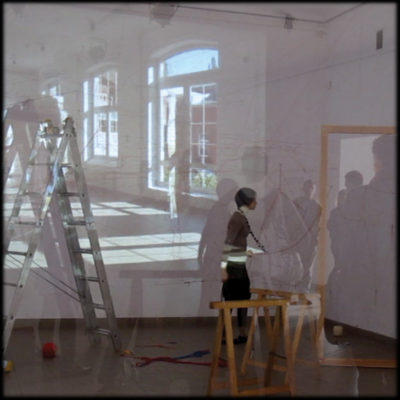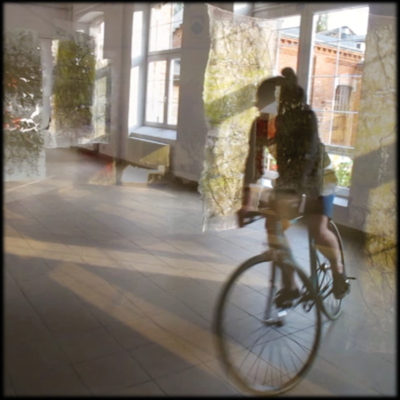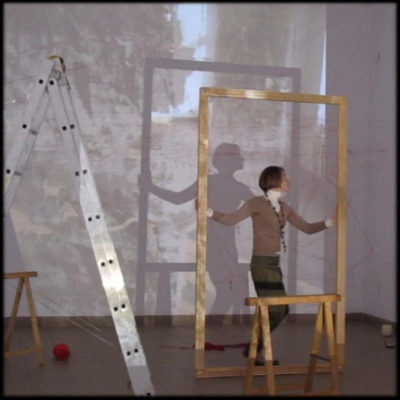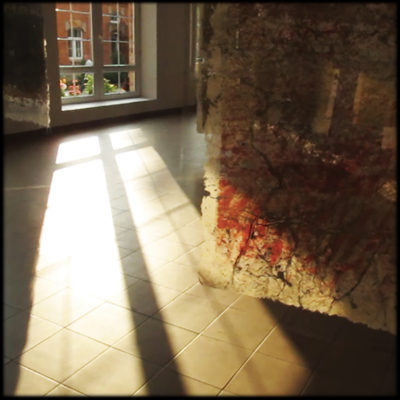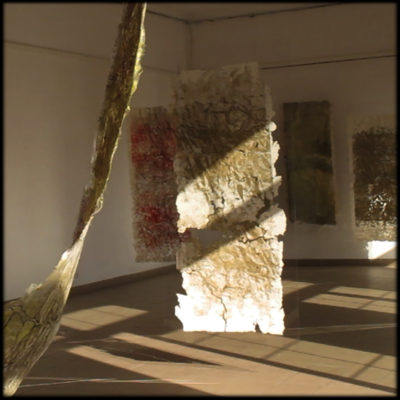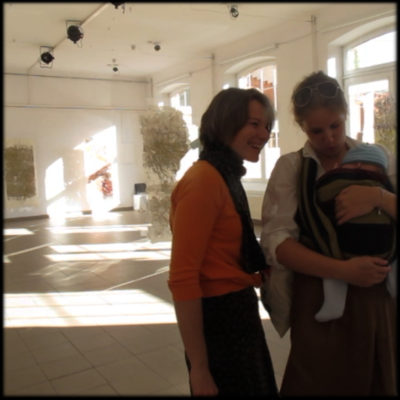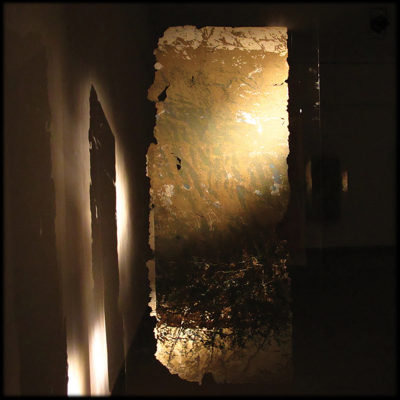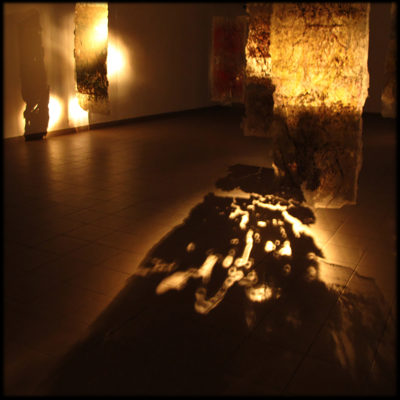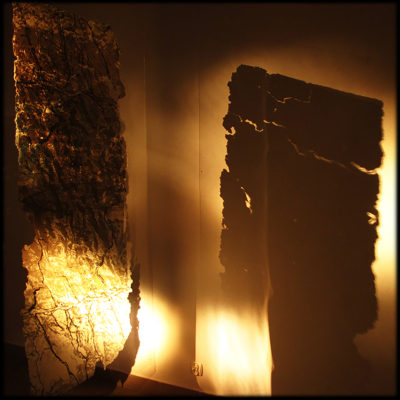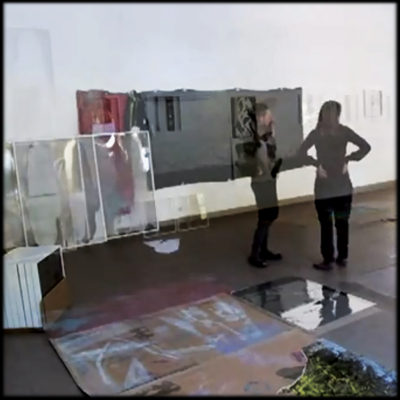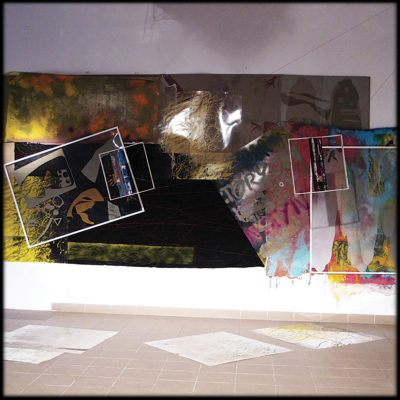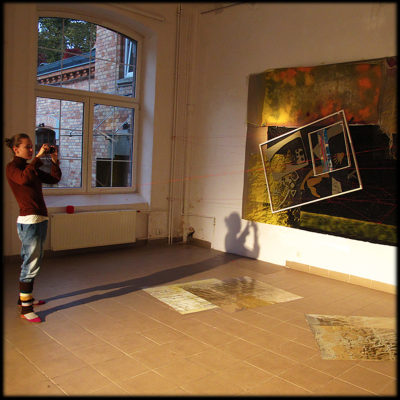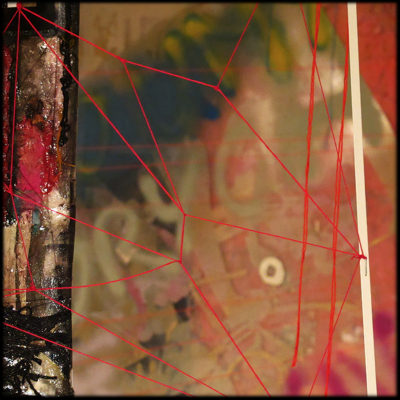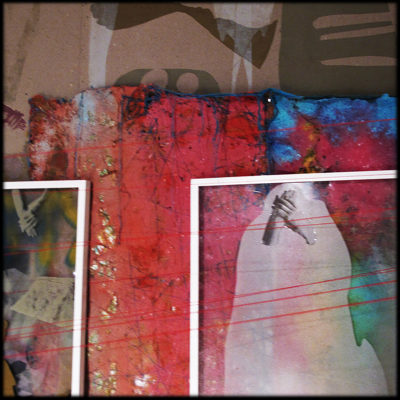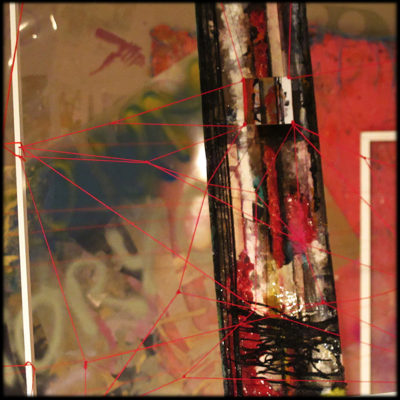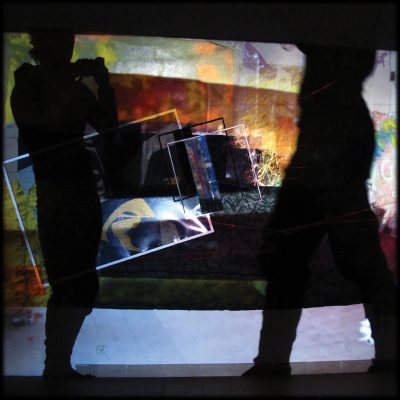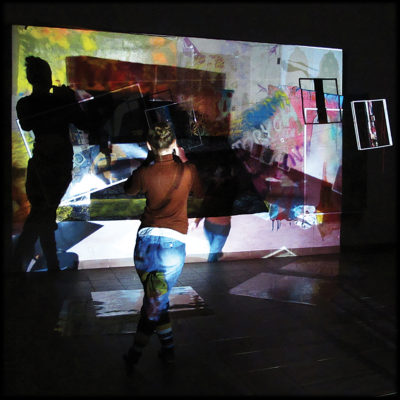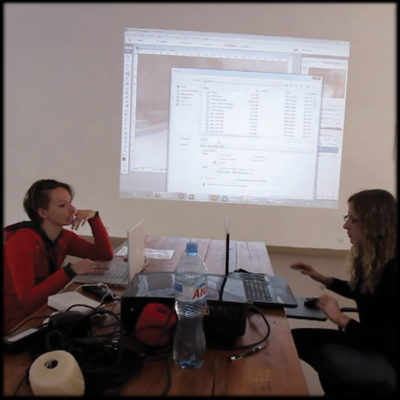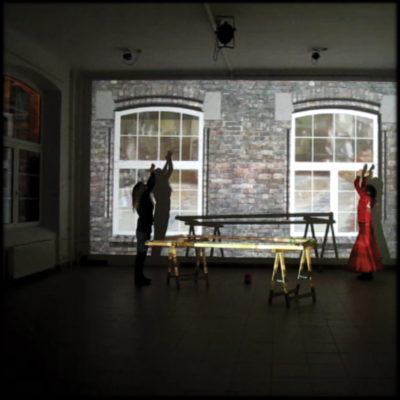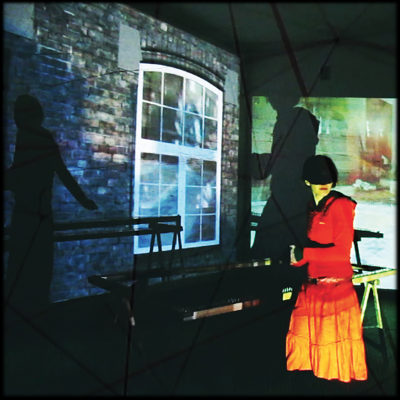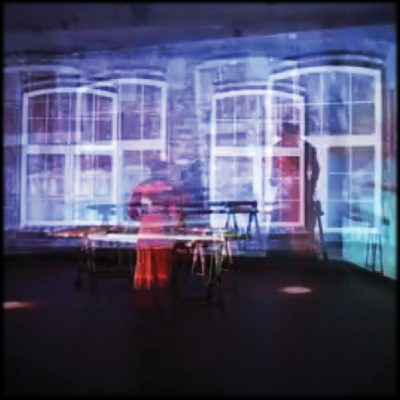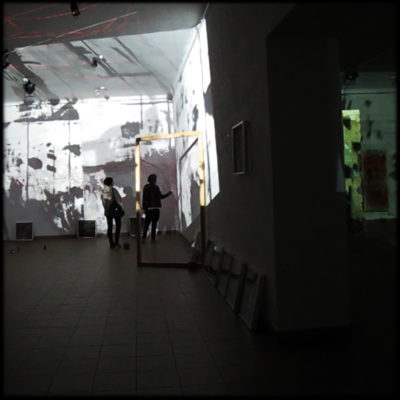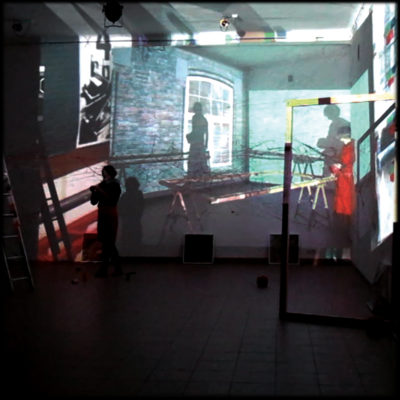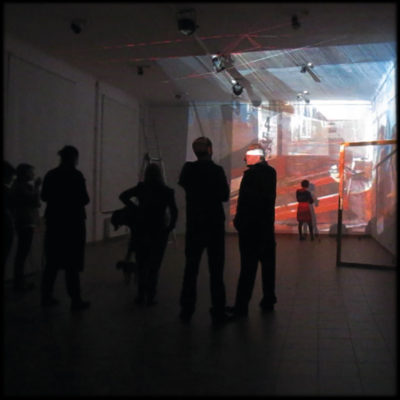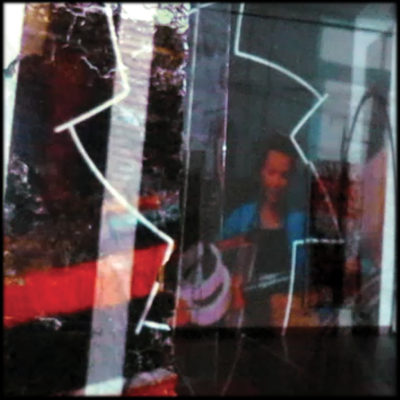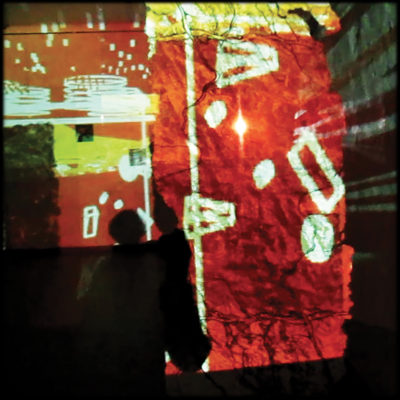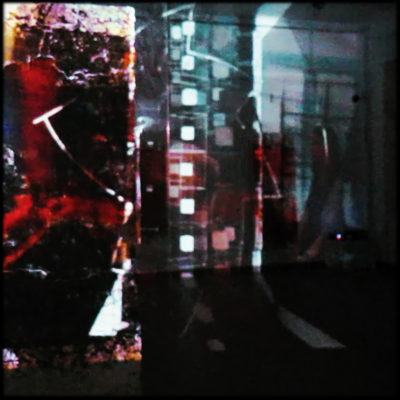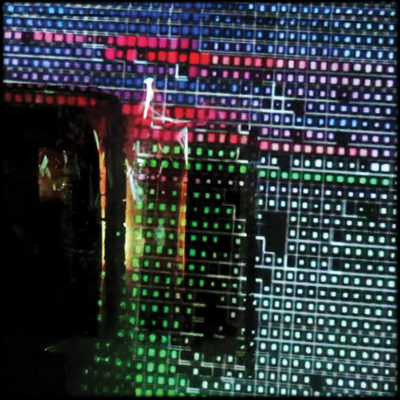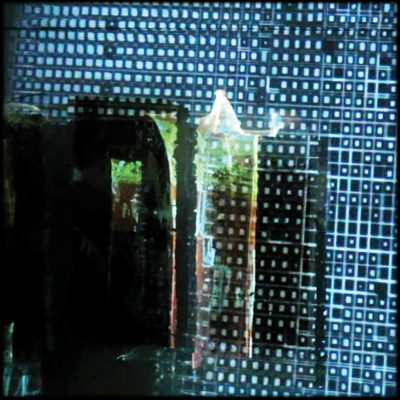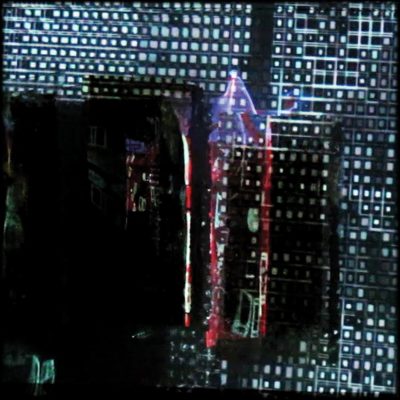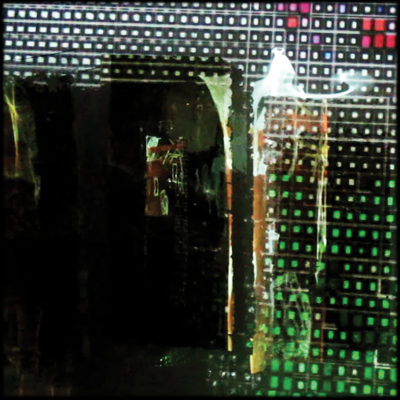THE FLOW. Communication in intermedia. Images from the travel.
Research process for PhD in the discipline of Fine Arts, Faculty of Media Art and Stage Designe, Academy of Fine Arts in Warsaw, 2010/2011
Supervisor: prof. Krzysztof Olszewski – Academy of Fine Arts in Warsaw
Reviewers: prof. Piero Mottola – Academy of Fine Arts in Rome, dr Rafał Kochański – Academy of Fine Arts in Warsaw
Big thanks to prof. Krzysztof Olszewski, prof. Piero Mottola, dr. Rafał Kochański, mgr. Marek Maiński, Marta Teresa Szamburska, Anita Kwiatkowska, Paja and Martinez (Kogiel Mogiel), Grzegorz Góralski, Krzysztof Piłka, Dawid Zając.
THE FLOW is a summary of the experiences and observations pertaining to the changes in the functioning of people today. Sensory overload and time pressure push us constantly. What is the mechanisms of the modern world? What can help us organize the excess sensations and emotion? I belive that we can find balance in the space between. Between art and science, nature and technology, past and future, spirituality and rationalism, internal and external, me and others.
I felt that I should reach the source and I intuitively chose the direction. I went to Africa but the way of travel wasn’t traditional. Through the mass media and my dreams I moved to a different reality, it also reflected in everything that surrounded me in every day life. I needed a different perspective, another point of view, other maps. I needed a different sense of place, time and space to find myself in this fast world again. The impulse started to change the world around me. I gave myself to the flow and the changing reality. I moved from the digital space to the real one and the mind shaped my incessant ideas. Tales from the internet world were mixed up with people or images in the real world. The senses began to move in a different way, at the edge of the worlds. I copied, multiplied and transformed.
I modify not only images. I caught surrounding factures, signs, the nature itself. I started arranging line codes – colorful patches of flowing data moments. I did not even try to call them but I wanted to perceive, register and segregate them in strings. At the same time, I was aware that they were some kind of remnants.
The theory of intuitionism and the concept of élan vital of Henri Bergson fascinated me and became a confirmation of my chosen way in a constant, floating flow. Rituals and different rhythms of the day caught me and I caught moving images and sounds from the process of creation.
The capacity of stripes of the timeline was not big enough. Images’ matter changed its scale and character. The work evolved from intuitive choices, accumulated experience to specific applications. The result of independent thinking and technical experiments was the connection of the traditional and new media.
The inner space of the gallery became a work of art in a constant, floating flow. It was a chance for the audience to take part in creating live art. Entering the gallery, viewers became part of the picture because the cameras mounted in the gallery space transmitted the live image directly to the website created for the project.
The work evolved into the direction of performance and interactive interior design. I used all the data collected on the first day of the project (graphics, photographs, collages, videos, sounds, noises, texts).
Important part of THE FLOW were days spent with my invited guests: Marta Teresa Szamburska, Anita Kwiatkowska and Kogiel Mogiel (Paja, Martinez). Our presence has become the sphere of openness, interconnection, exchange of experience but above all, enjoying the moments of common flow in creation.
After two weeks in the gallery, the work evolved into a final installation entitled Follow the Flow. The composition of woven network meant never-ending connections and QR codes are a library of data moments, the card index of live intermedia images.
Fragments of reviews.
Magdalena Janus is working with great success in the sphere of multimedia graphic, employing with subtlety and skill various techniques, starting with drawing, through photography, painting, and collage. She works on paper and on cloth, using modern technology such as specialized software to digitally render images and sounds, as well as motion sensors to improve the interaction between the audience and the work of art (…) That her PhD thesis was called THE FLOW was no coincidence. The flow, understood as never stopping universal process of ”becoming” is the focal point of Magdalena’s research of interdisciplinary encyclopedic journey. Taking into consideration the framework of Magdalena’s work, among the references that she suggests as adding to her own research in this admirable proceedings between getting to know something, we could not do without calling on Henri Bergson, who so greatly influenced the aesthetical research of the 20th century (…) through the deciding knot of the flowing time-space continuum which assimilates the constant flow (the now) and the constant existence of that what already passed (the past). Magdalena Janus also explores various scientific theories, from Einstein’s Theory of Relativity to quantum mechanics, emphasizing those theories that bend the laws the most but stop in their developing phases between chaos and order, organization and spontaneity, counting among them Fibonacci’s succession as a numerical equivalent of organic processes and the dynamic of the information and communication systems. In this never ending cross-reference, between the parts and that what devours them and what shapes them and in the memory that even the smallest part retains at least somewhat when being part of the whole, this all is a synthesis of Magdalena’s work, who, respecting the flow, acts in a constant state of become, changing the work in real-time thanks to the interactions between the work of art and the audience. Magdalena Janus with this PhD thesis, equipped with a great part of her own work, points out that she can join through methodology and a scientific approach. The research done in a broad panorama of relationships with valuable and suggestive visual results.
P. Motolla, fragment of the review, trans. P. Piechowski, Rome, 2011
THE FLOW is a very complex proposition in terms of the intentions and the necessary workshop background. Magdalena Janus tries to rise to the challenge of being a modern artist. She suggested a work that not only accurately diagnoses the problem of human and the artist’s presence in „here and now”, but also accepts the challenge and asks about the validity of art in respect to time. Magdalena Janus arranged an exhibition which consists of a selected set of objects that are the result of painstaking research in the field of graphic art in the formula of a unique design. In a sense, it exists on the border of the fabric. Each object is like a biological structure that has a specific type of matter, woven and added to substance of the paper, which, like a neuron system, is trying to create a kind of a synapse system. The whole concept is based on the construction and deconstruction of an image based on a landscapes and ground satellite imagery. Reminiscent of a bar code, we are dealing here with a record in the form of a strip sequence, starting with a module of a vertical, elongated rectangle. The aim was to build, with the help of WWW materials, an interactive system coexisting in the network. Thanks to the QR codes and relevant software, the viewer can also expand his understanding of the project: he has access to free thoughts, notes, the quotes that accompanied Magdalena during her work.
R. Kochański, fragment of the review, trans. P. Piechowski, Warsaw, 2011
